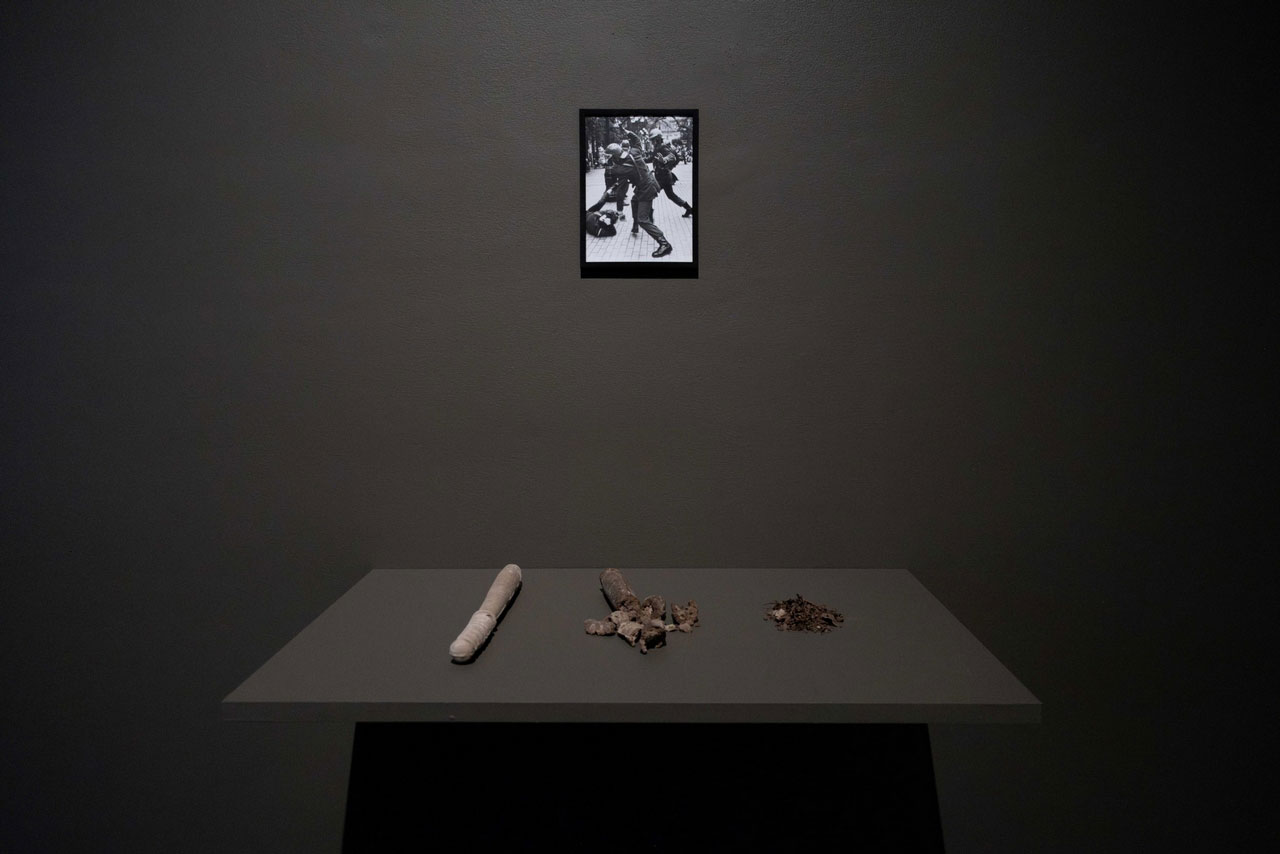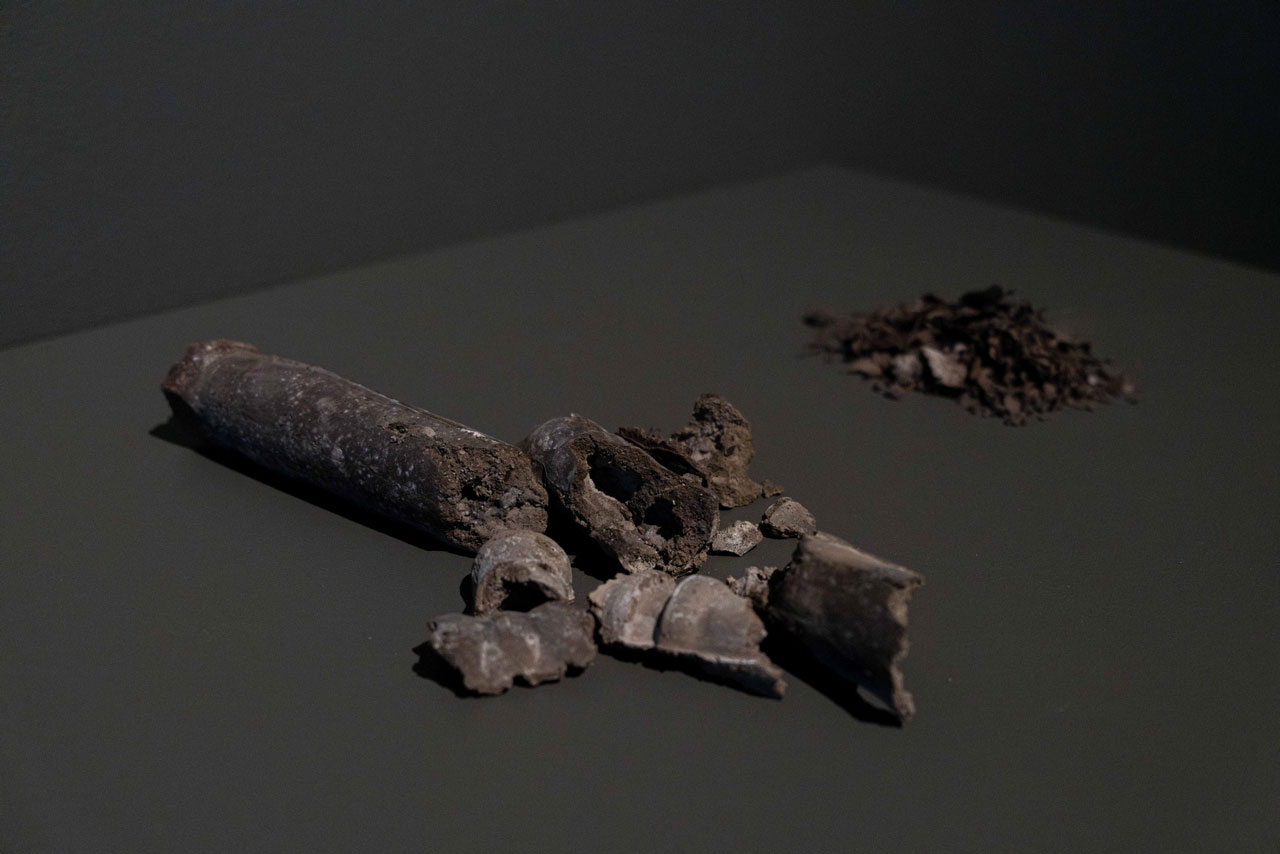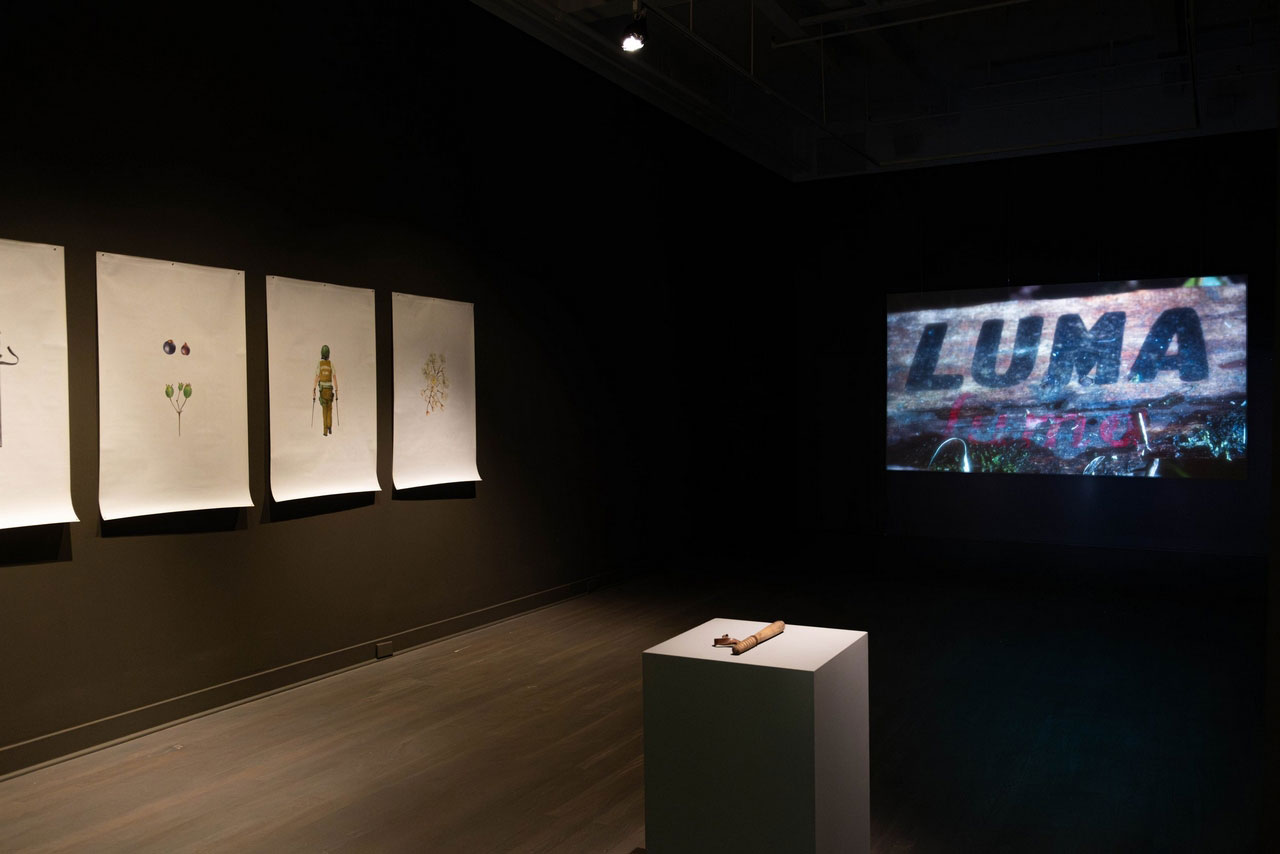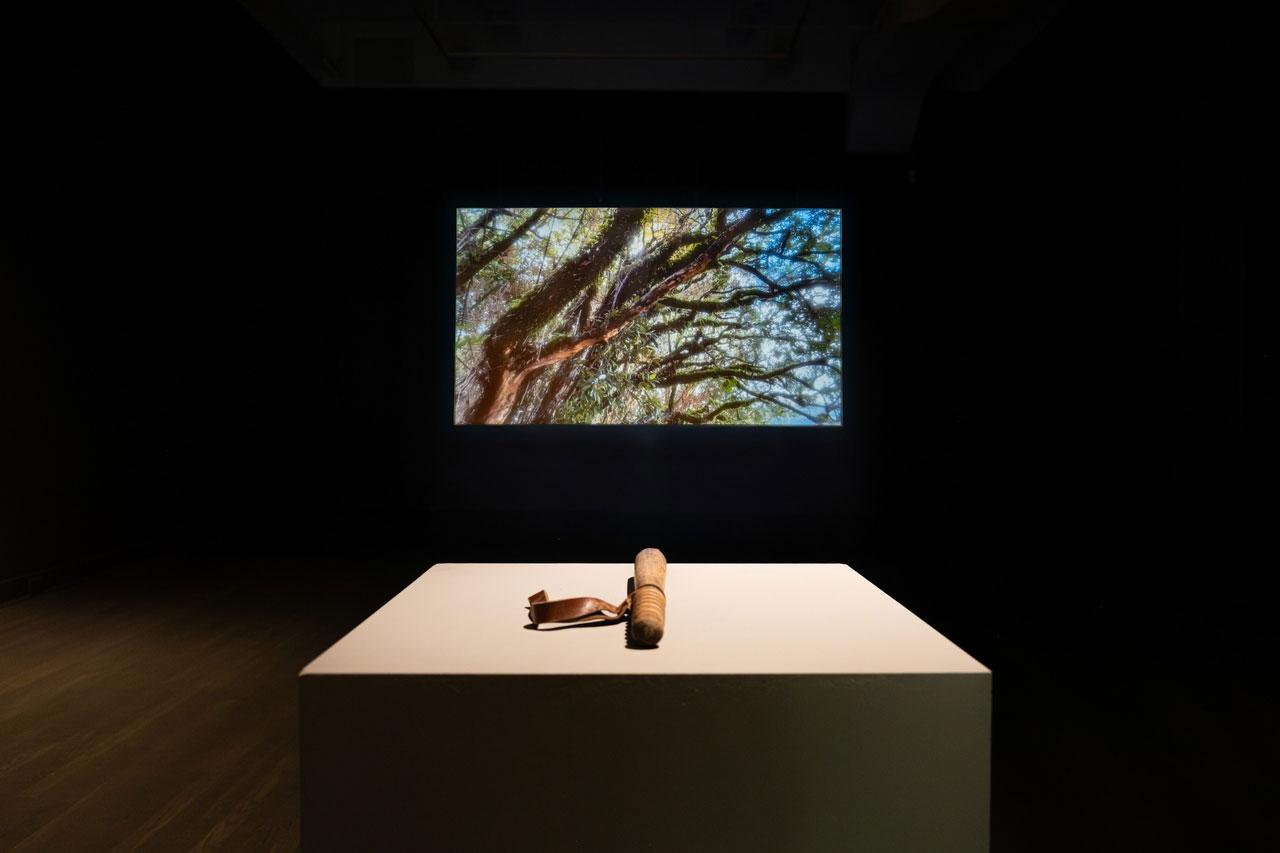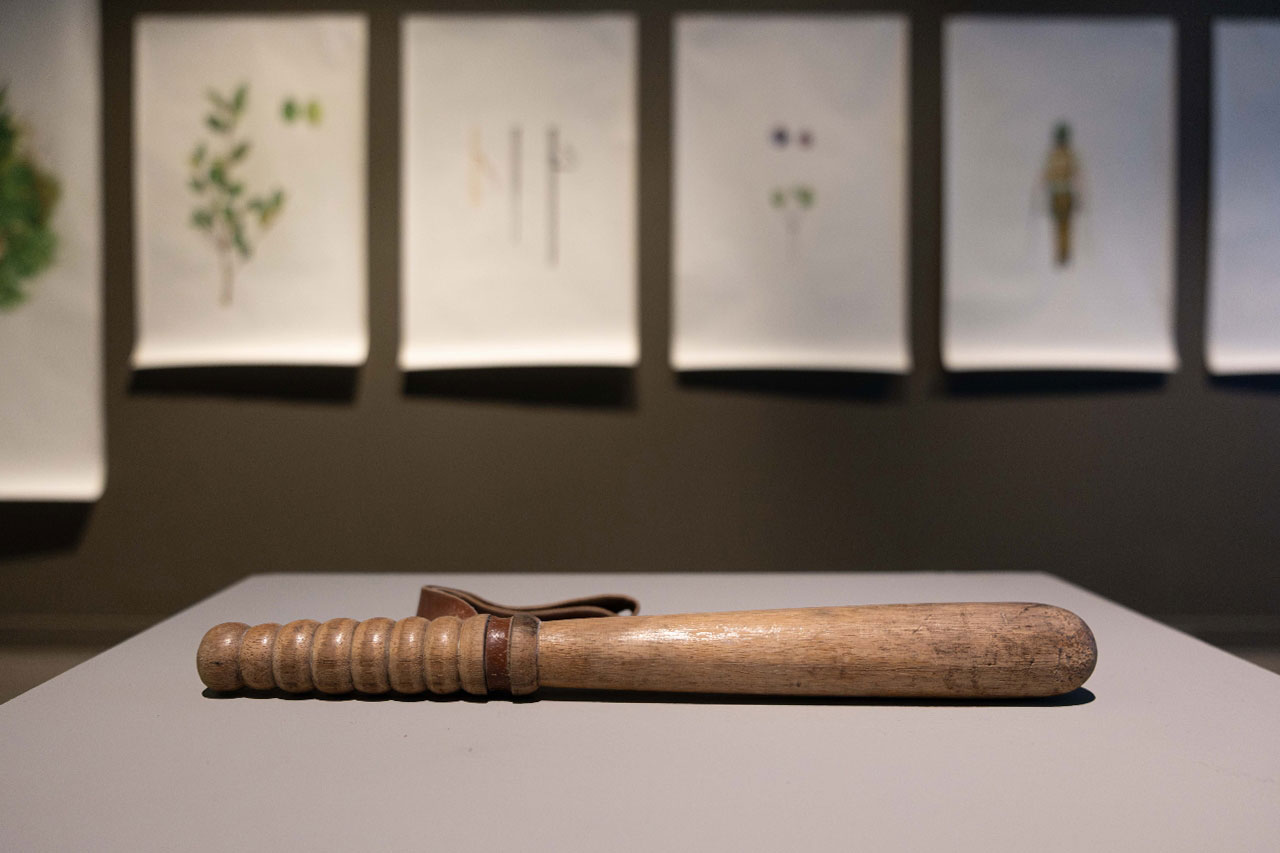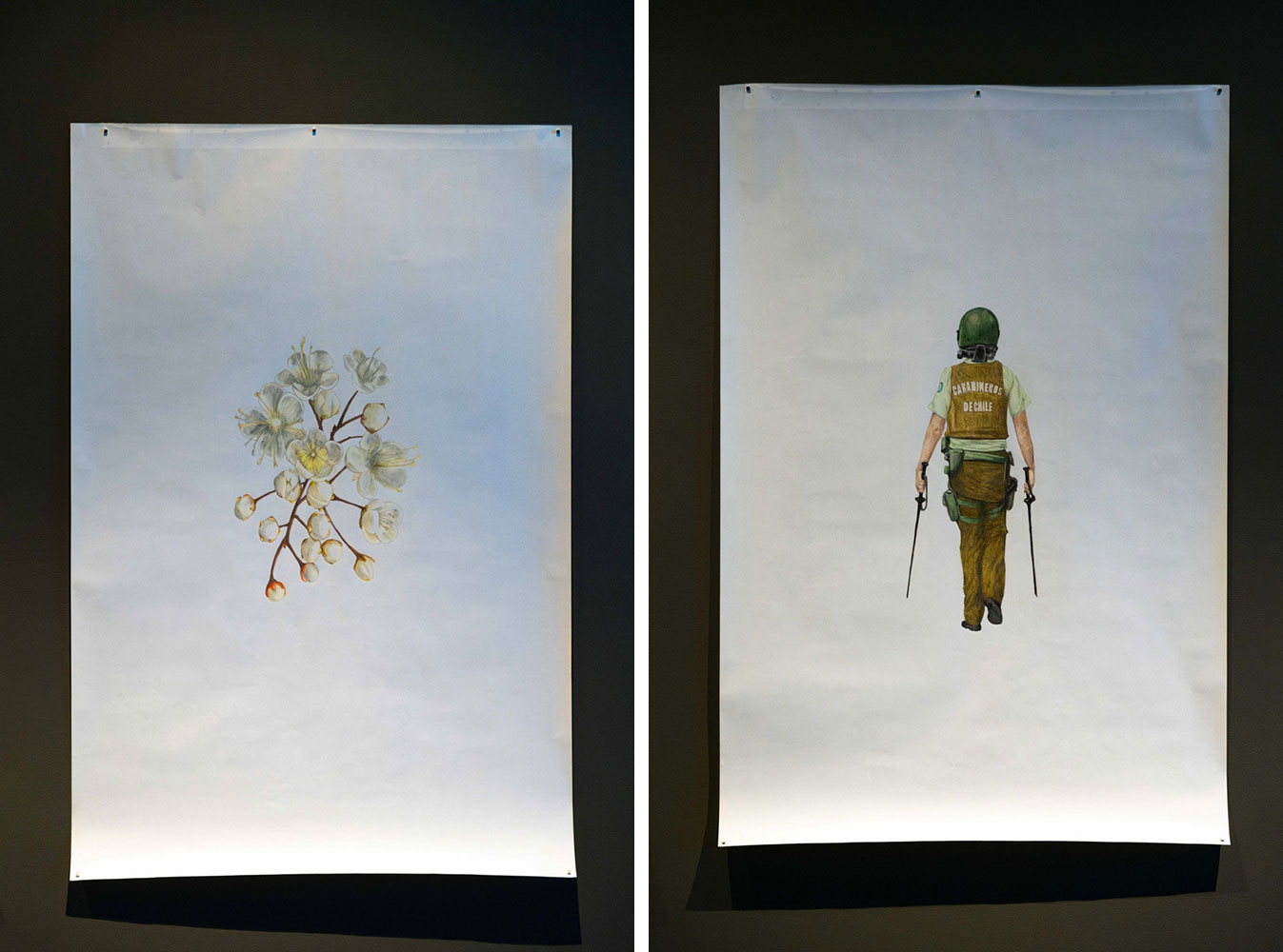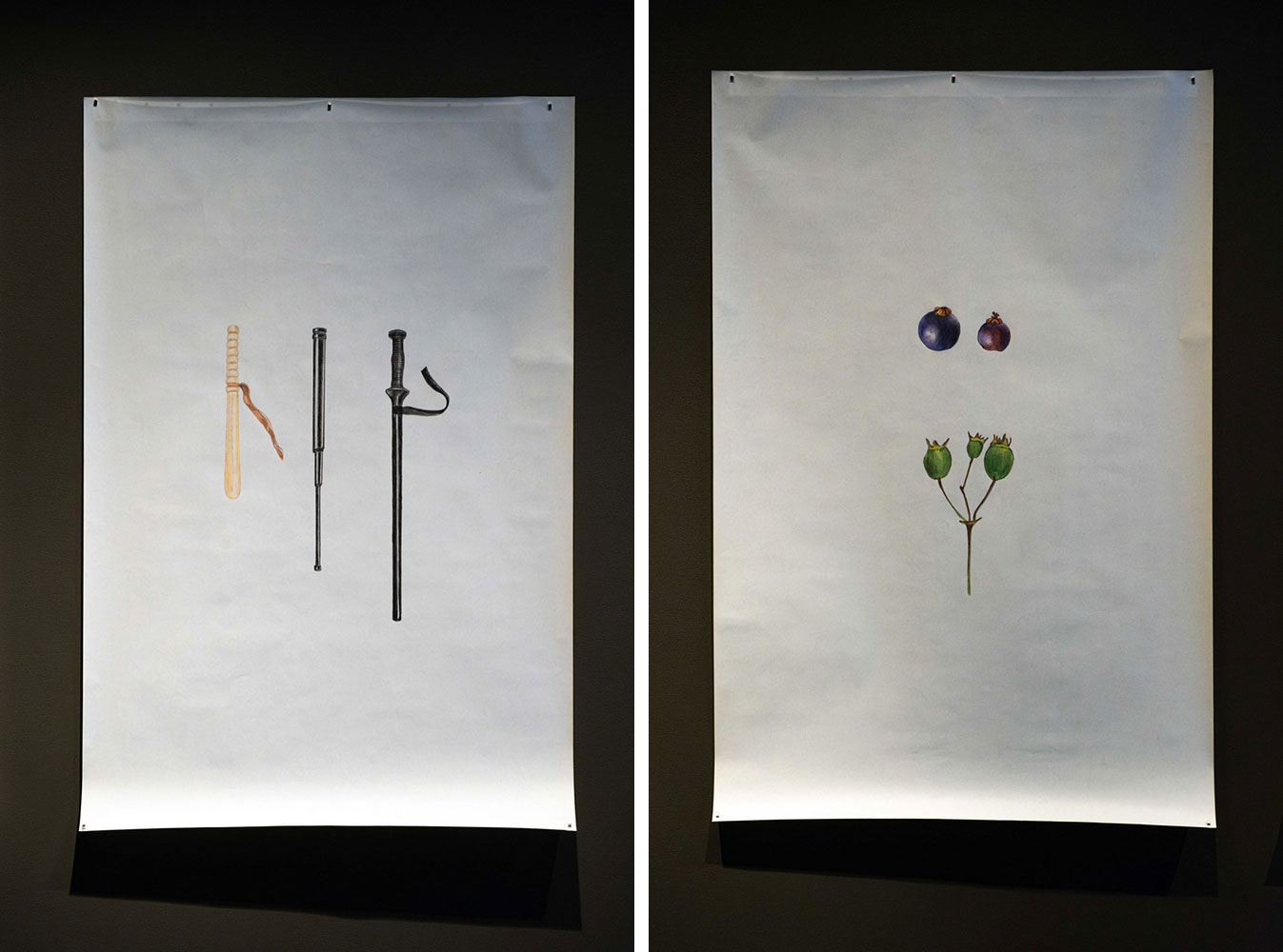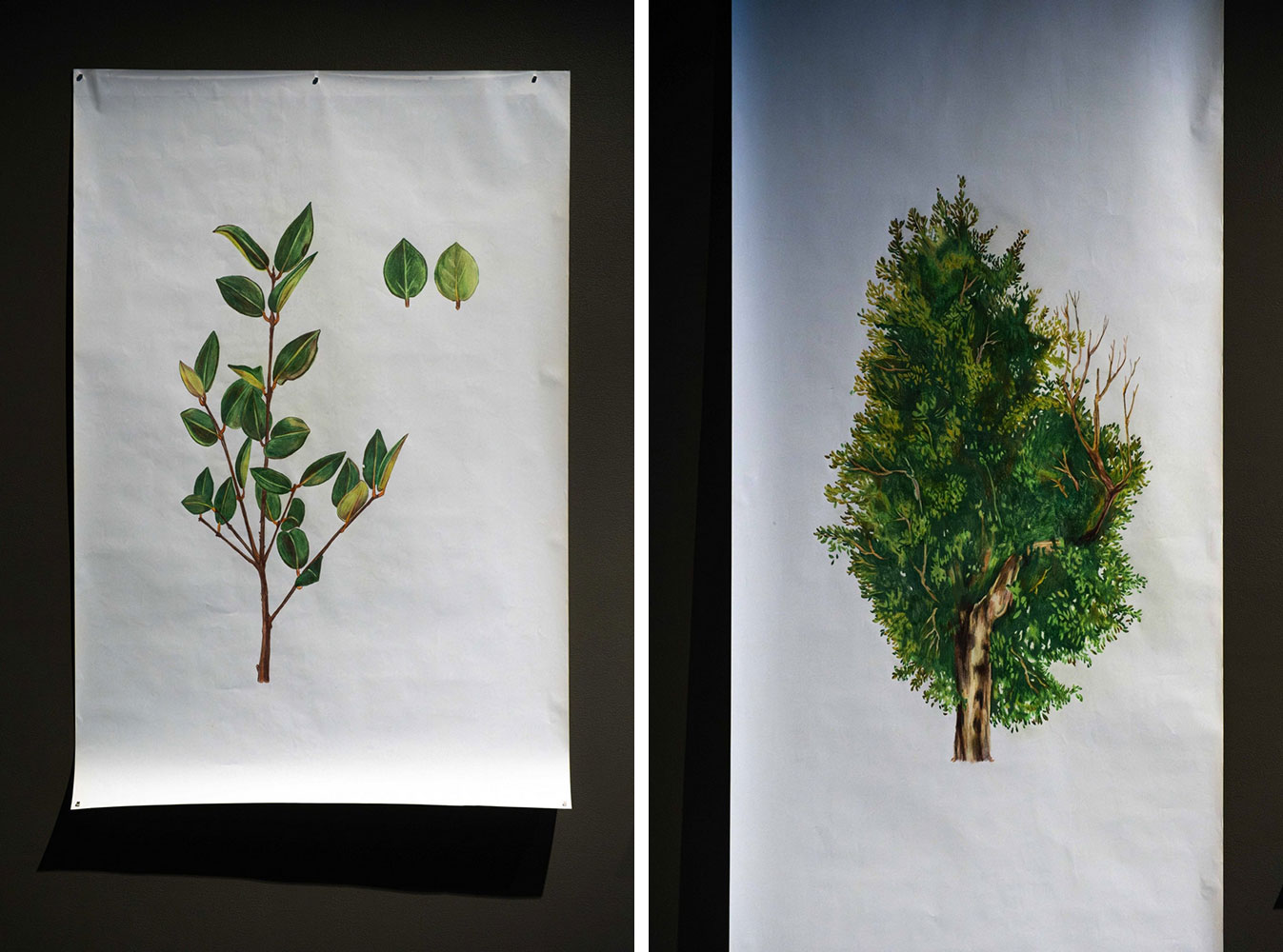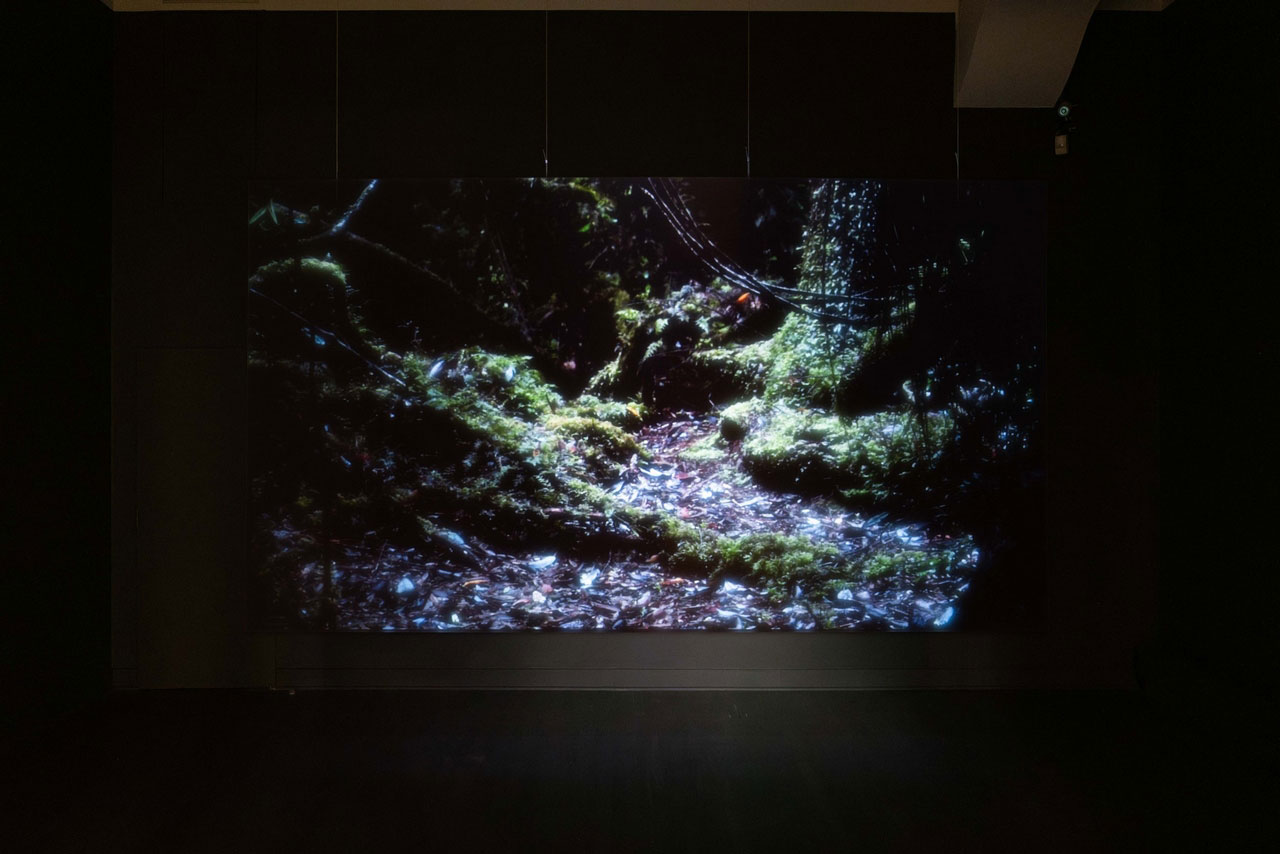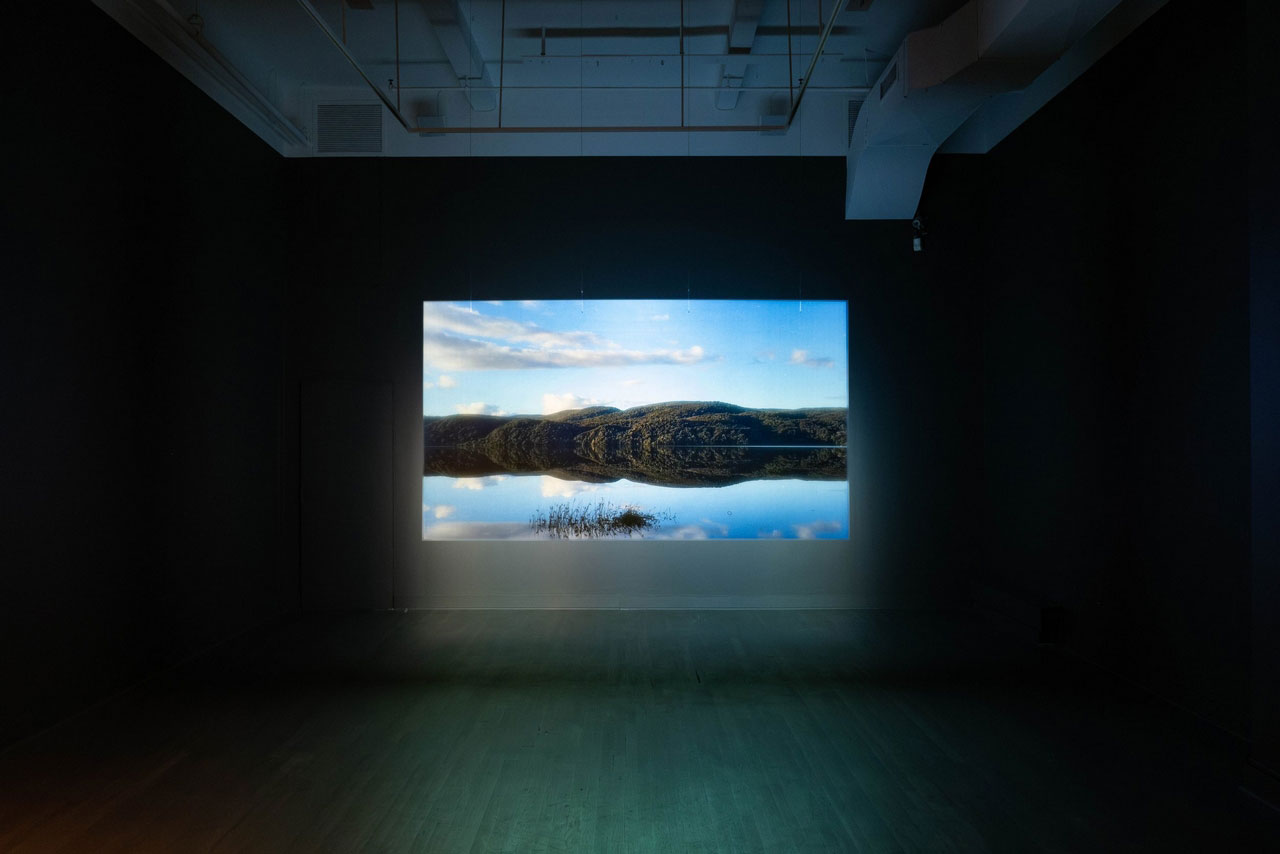PRESENTATION: Catalina Tuca-Luma
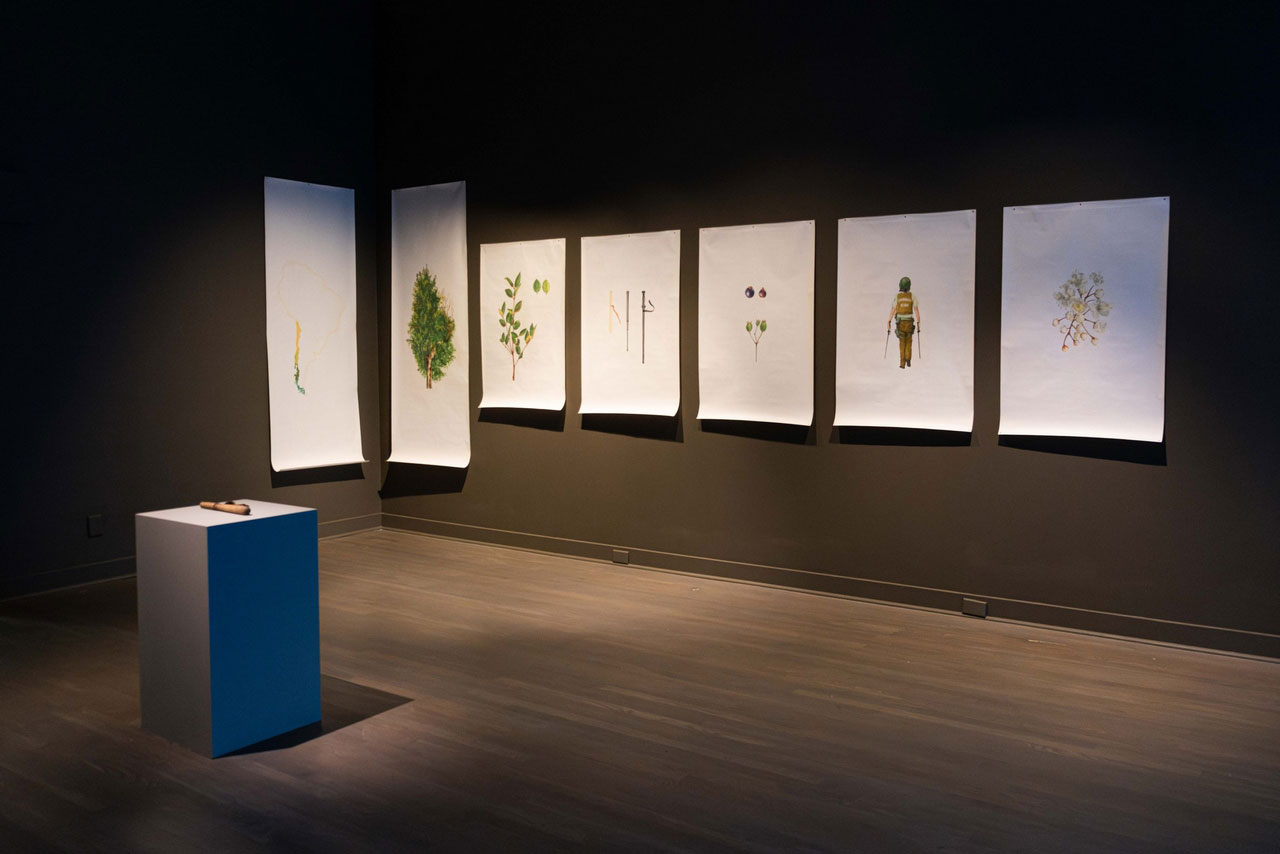 Catalina Tuca is a multidisciplinary Visual Artist, educator, and independent curator, working in the intersections of geographic identities, collective memories, and hybrid systems of collaboration and participation through existing technologies. Catalina Tuca works with objects and their multiple mediated representations to explore and reveal the intersections of local and global identities, personal and collective memories, the present and the past.
Catalina Tuca is a multidisciplinary Visual Artist, educator, and independent curator, working in the intersections of geographic identities, collective memories, and hybrid systems of collaboration and participation through existing technologies. Catalina Tuca works with objects and their multiple mediated representations to explore and reveal the intersections of local and global identities, personal and collective memories, the present and the past.
By Dimitris Lempesis
Photo: CUE Art Foundation Archive
Through installation, photography, and video, Catalina Tuca re-creates fictional spaces using the expressive potential of things, as projections of communal beliefs, desires, and class. Her interest is to locate and understand the intricate geo socio-political whole we inhabit, in which tradition, globalization, and technologies collide and intertwine. The incorporation of collaborative and participative practices aims to generate meaningful collective experiences that unfold ways of interpreting the present moment, fostering instances of reflection, empowerment, and understanding. Catalina Tuca’s solo exhibition “Luma” takes its title by the luma, the word used for a police baton in Chile, as well as for a species of evergreen tree that is the source of the dense wood originally used to make them. Tuca explores the paradoxes between these two meanings, positioning the luma as a mediator of geographic identity, cultural heritage, ecological understanding, and systems of power. Tuca’s work “reminds us that objects are not simply inert products of society, but active agents that participate in the construction and reproduction of social and cultural meaning,” writes catalogue essayist Alexandra Trujillo Tamayo. Through film, sculpture, drawing, and archival material, the exhibition contemplates meaning-making through language and objecthood, reflecting upon the use and transformation of the luma to reveal the blurry boundaries between the local and the global, the personal and the collective. Amomyrtus luma, the scientific name for a type of myrtle tree now found primarily in the south of Chile, has long been an important resource to indigenous and local communities. Its leaves, berries, and bark have provided food, medicine, and firewood to inhabitants of this land, including the Mapuche peoples, for centuries. The word luma—now also the name of a larger genus of trees in the Myrtaceae family—comes, in fact, from the Mapuche word for this particular species. As part of the exhibition, Tuca presents a new film-based work that documents her search for the tree, situated in three national parks on the island of Chiloé. The film orients us to the ecosystem of the island, shifting focus in scale from the sweeping landscapes of the forest where the luma lives to the textures of its foliage. She undertakes a sort of pilgrimage—a metaphorical reversal of the exploitation of the luma for its subsequent use as a weapon of state power. Tuca’s familiarity with the luma stems from this latter form. Coming of age during the dictatorship of Augusto Pinochet, the wooden baton worn as part of police uniforms represents a distinct period of political unrest for the artist—and has a strong presence in the collective memory of Chileans of her generation. The wood of the luma tree, incredibly hard and resistant to impact, made an ideal material for use by the military police to strike protestors and dissidents. The blows dealt by the baton are still referred to as lumazos, even though the weapon itself is now made of globally produced polycarbonates. Luma materially intervenes in this complex history. Alongside an original wooden luma from the dictatorship period, Tuca presents her own cast sculpture versions, materially intervening with its form to draw attention to the dichotomy between ecology and violence. Rendering the baton in clay and soil, she softens its impact, allowing it to decompose back into the earth. Further reflecting upon the tree as a natural resource, she presents drawings that contextualize its stories, referencing the illustrations of botanist Adriana Hoffmann. Hoffman spent her career documenting the flora of Chile, and in the process became a prominent environmental activist and critic of the state’s sustainability and forestry policies. Luma orients us toward multiplicities of meaning, tracing the many narratives embedded within a seemingly definable symbol of violence and oppression. In uncovering and translating these latent histories, Tuca’s work widens our perception of the ecosystems we inhabit, allowing us to consider their expansive roots.
Photo: Catalina Tuca, Luma, Installation view, CUE Art Foundation-New York, 2024, Photo: Leo Ng, Courtesy the artist and CUE Art Foundation
Info: Curator: Esperanza Mayobre, CUE Art Foundation, 137 W. 25th Street, Ground Floor (Between 6th and 7th Avenues), New York, NY, USA, Duration: 20/6-10/8/2024, Days & Hours: wed-Sat 12:00-18:00, https://cueartfoundation.org/
